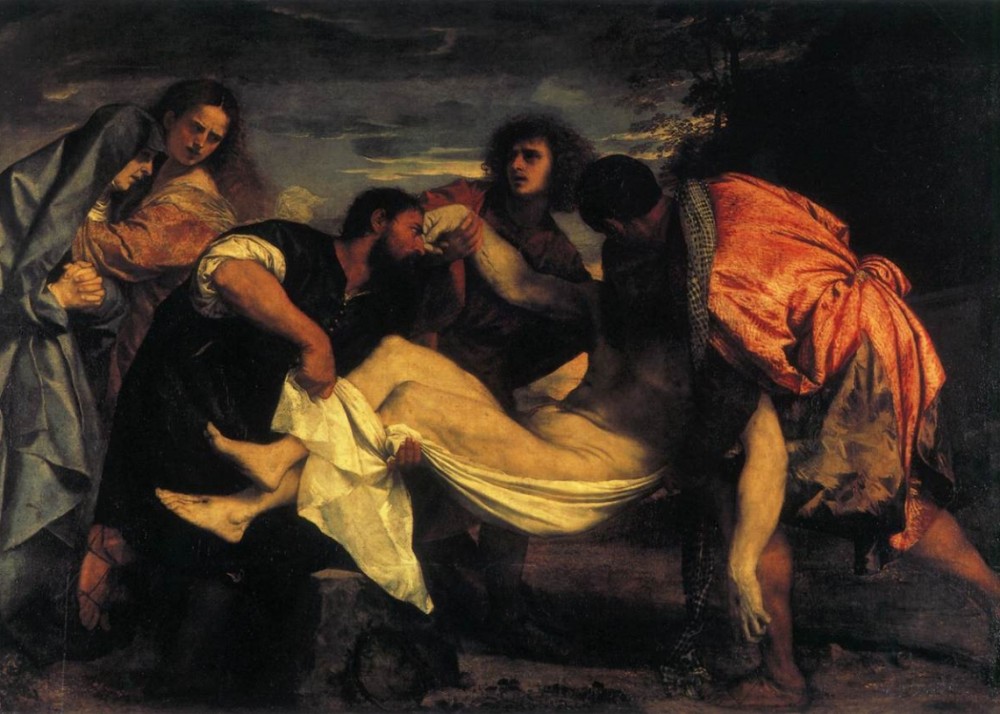
«Games near the cadaver» — the component of so-called «posyginnya», what took place in first evening after person death. The same games while funeral rites observed in Croats, Serbs, Bulgarians, Moldovan, Romanians, Germans and other ethnic groups traditional culture. In the past, «Games near the cadaver» were spread on Ukrainian ethnic land, but started to go out of being in the first half of XX century. Nowadays, there are currently more than thirty games known in historical and ethnographic sources about Hutsuls. The most used game named «Hhrushka», as well as popular — were «Koza» (goat), «Didy» (grandparents), «Zhyd kupecz» (Jew merchant), «Tyahnennya Boha» (pull the rope), «Pekty husaka» (bake the goose). The purpose of the study is to overture to determine the role of «Games near the cadaver» in contexture cadavers status change ritual process. The research is conducted on the basis of ethnographic descriptions of the end of the XIX — first half of the XX century and historiography. The research methodology is based on structural-semantic, semiotic and typological analysis principles. Games determination put through in context of rite of passage. Conclusions. In Hutsuls funeral rite, «games near the cadaver» were a compulsory part of the unerring status change ritual process. During the «posyginna», the rite characters symbolically return to creation time, extrapolating binary opposition live/dead to cosmos/chaos. In traditional culture, this is one way to change the person status legitimately and without effect for people and society. As an important part of the «posyginna», the «games near the cadaver» in general have a liminal semantics. Chaos ambience impact created by taboo actions, which in profane time cause public condemnation. But, being in «limen», the participants have the right to taboo or amoral things, which do not cause disapproval only in this period. The large set «games near the cadaver» evidence about the need of different semiotic instruments for denotation being in chaos. The ritual demanded a composition of symbols that in reality embody the liminality of the process. In Hutsuls, the rite characters usage chronotope, anti-behavior, travesty, sightliness for the purpose of mark permeation of chaos. Night time was the main term for the «games near the cadaver». This is the typical period for all the rituals associated with the after world (let’s compare divination at Saint Andrew’s Day). This condition was a gateway to other signs of chaos. During the «posyginnya» occurred actions that cause laughter and jeer: lads and wench disguised as animals or person of another ethnic group; bachelors forcibly forced to kiss girls and women; viewers has been hurt and humiliated, but instead joined the games. All this part of «games near the cadaver» conditioned real liminal effect for all funeral participants. In this manner, playing near the cadaver, people performed the next step in the ritual process of status change.
Source: Zubyk L. (2021). The Role of «Games Near the Cadaver» in the Ritual Process of Funeral in Hutsuls. Antiquities of Lukomorie. 5: 24-31
Source web-site: http://www.lukomor.mosk.mksat.net/index.php/lukomor/article/view/108
Number of views: 1560